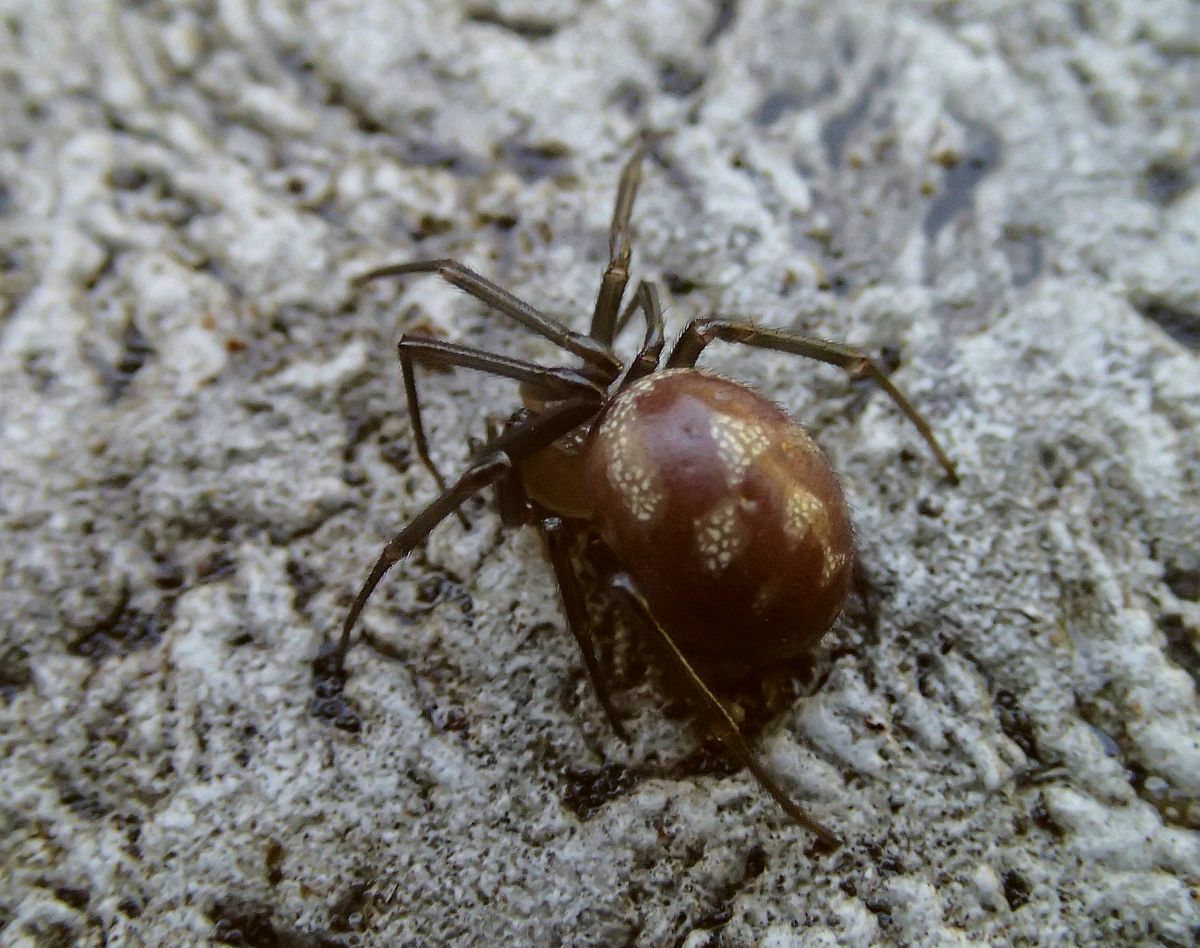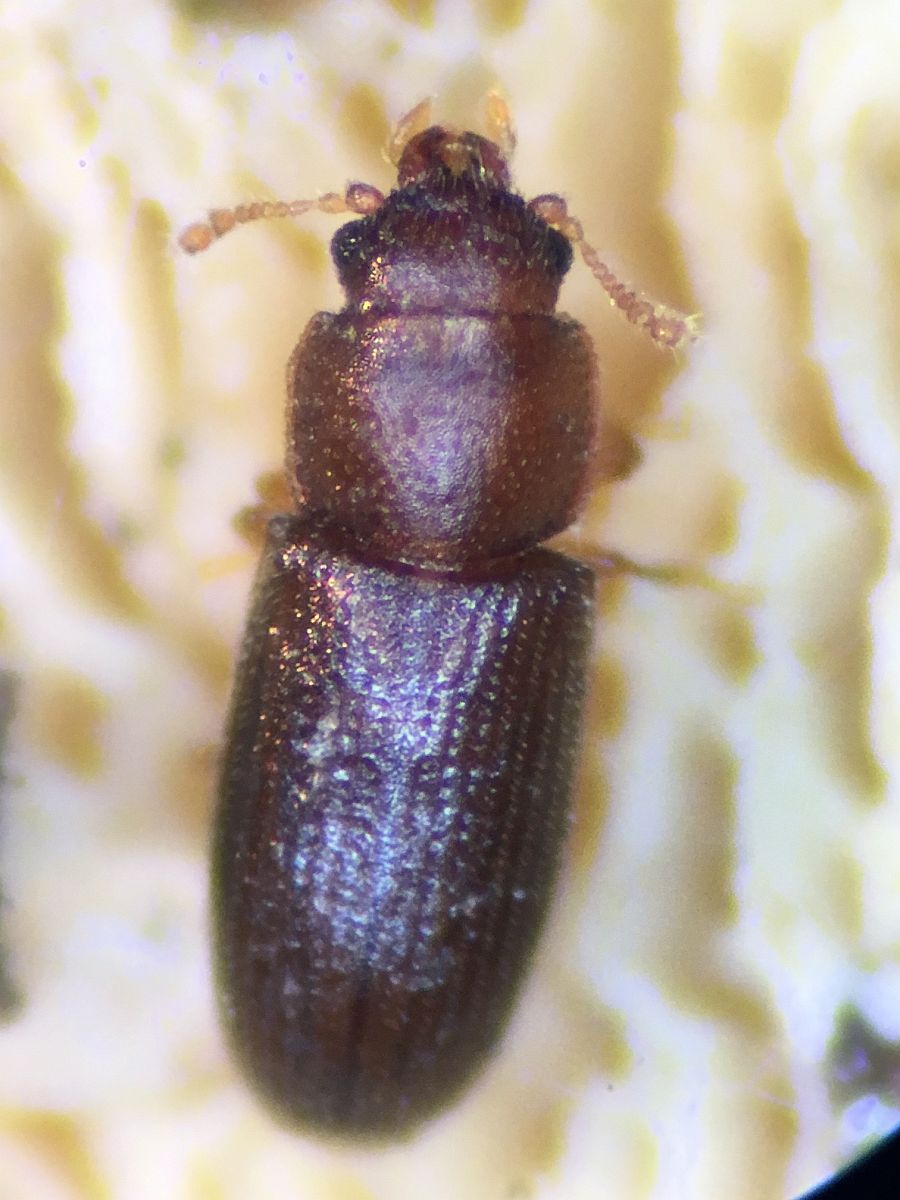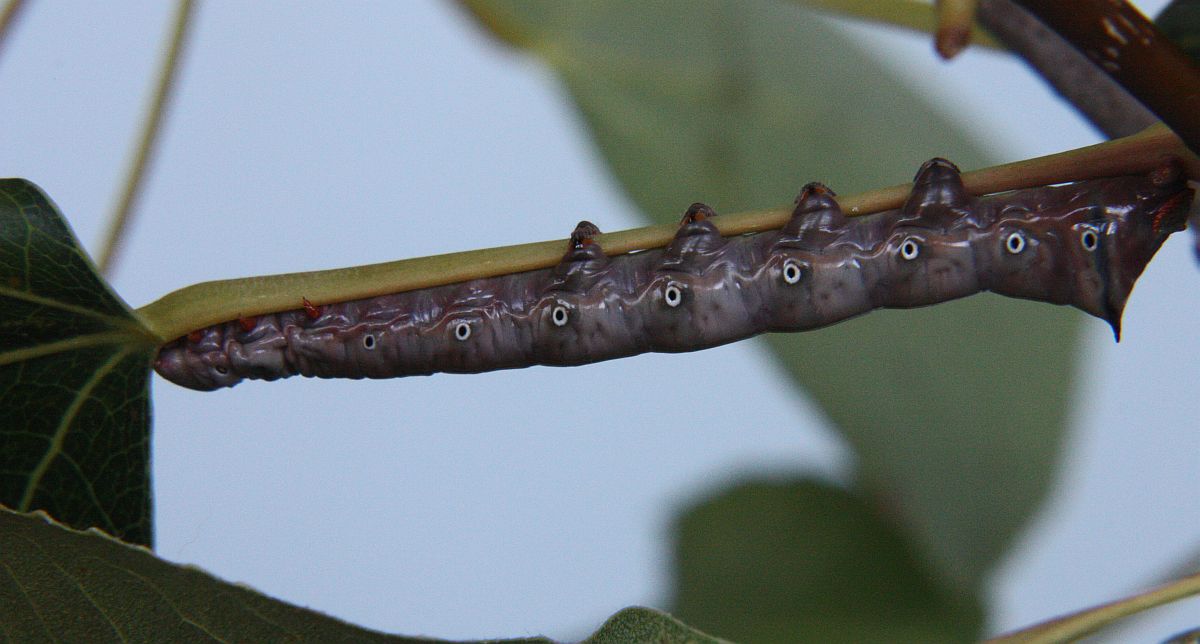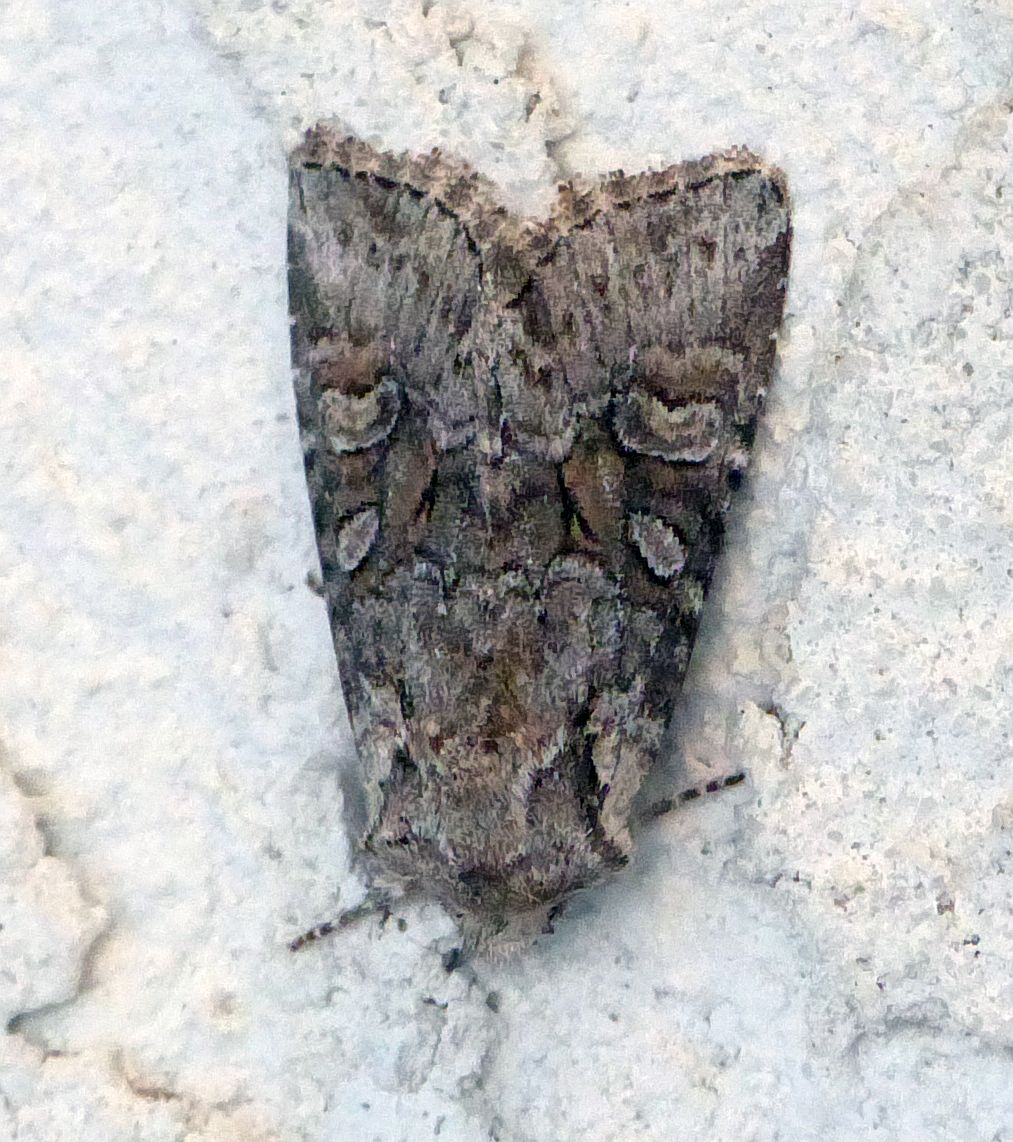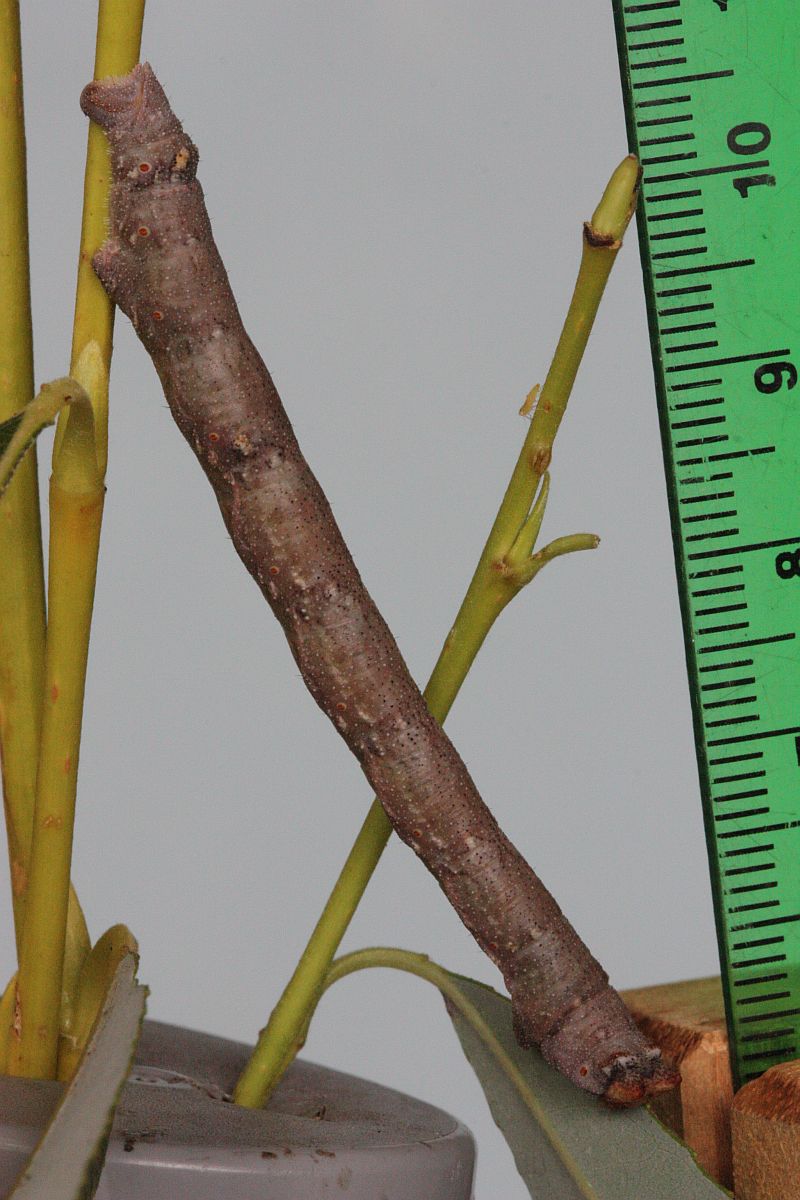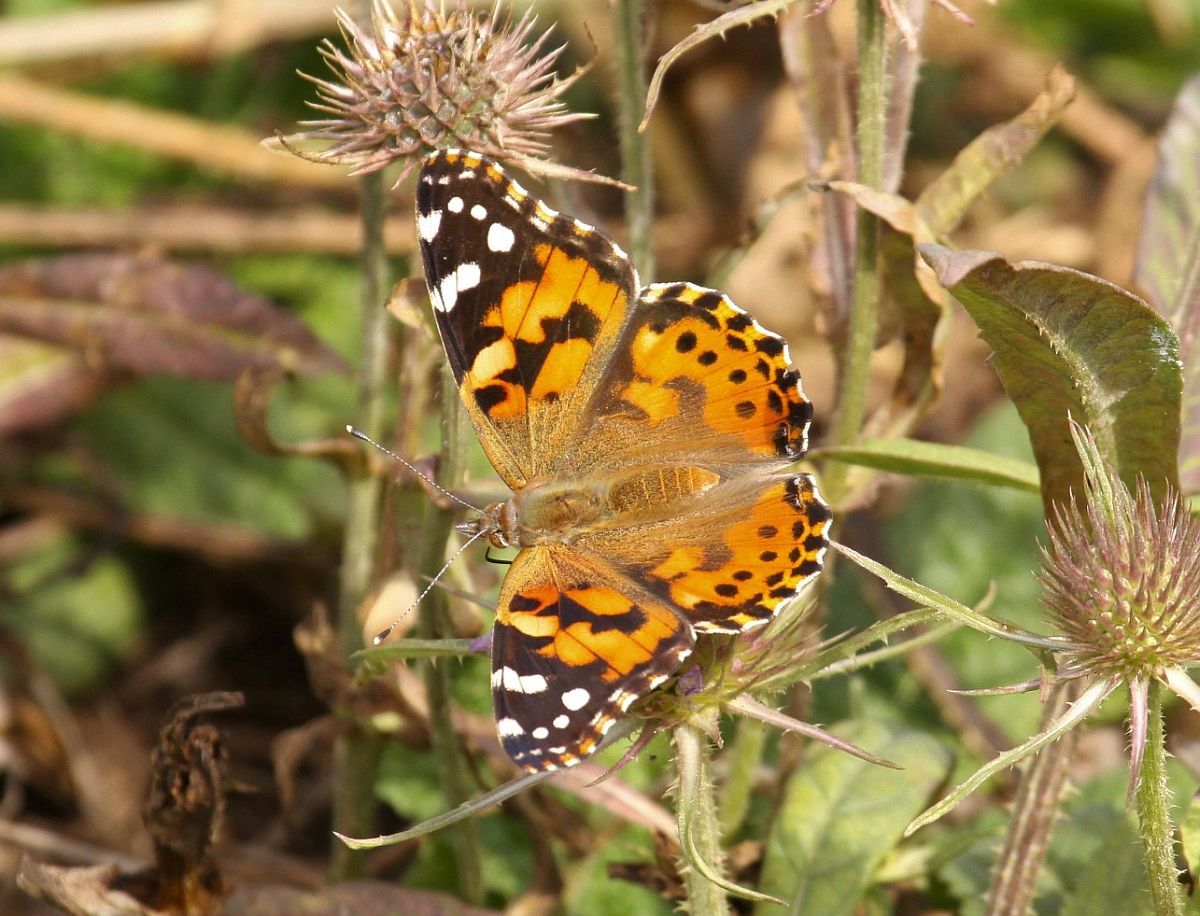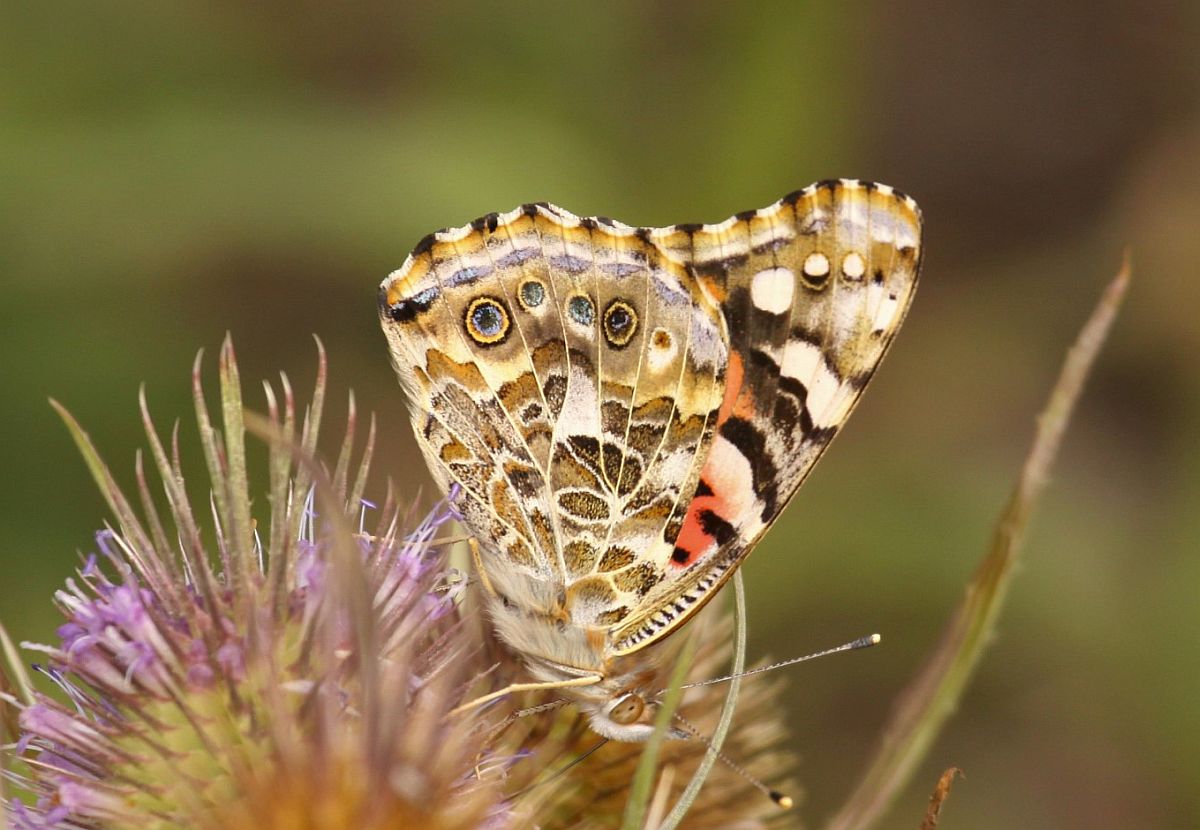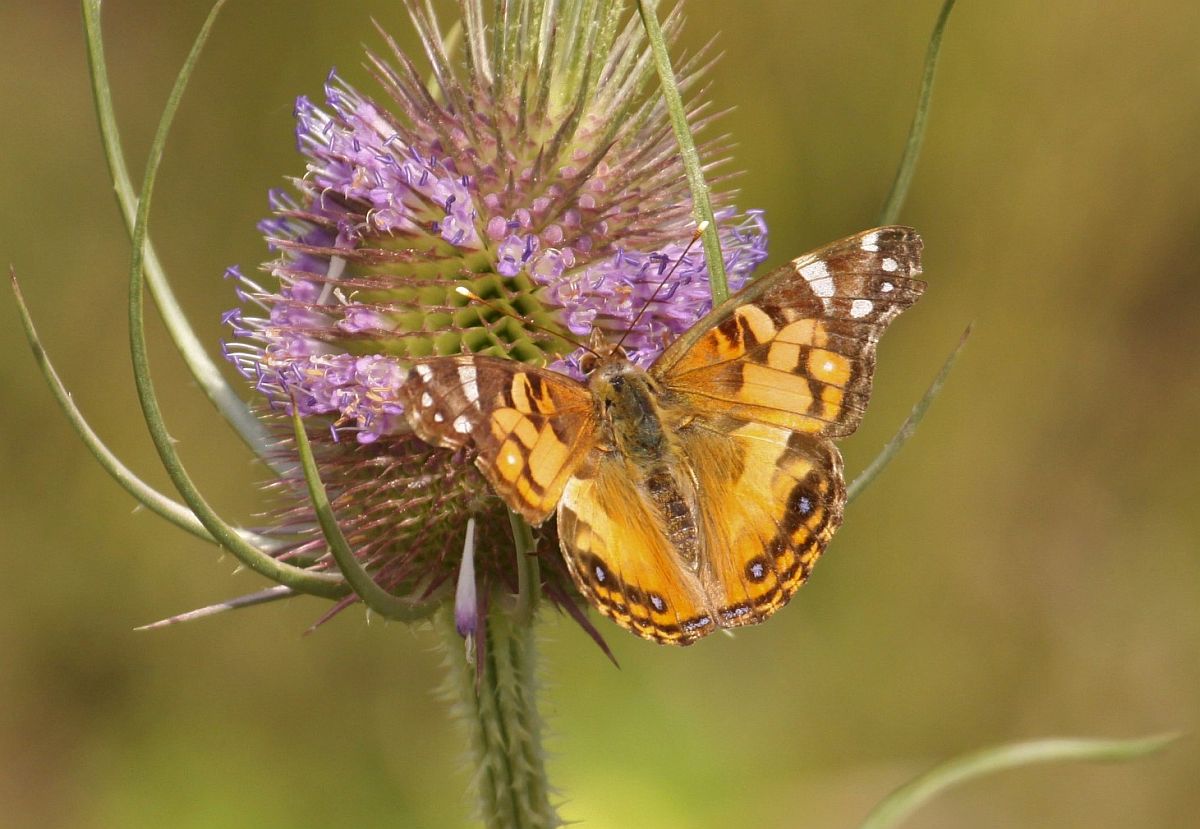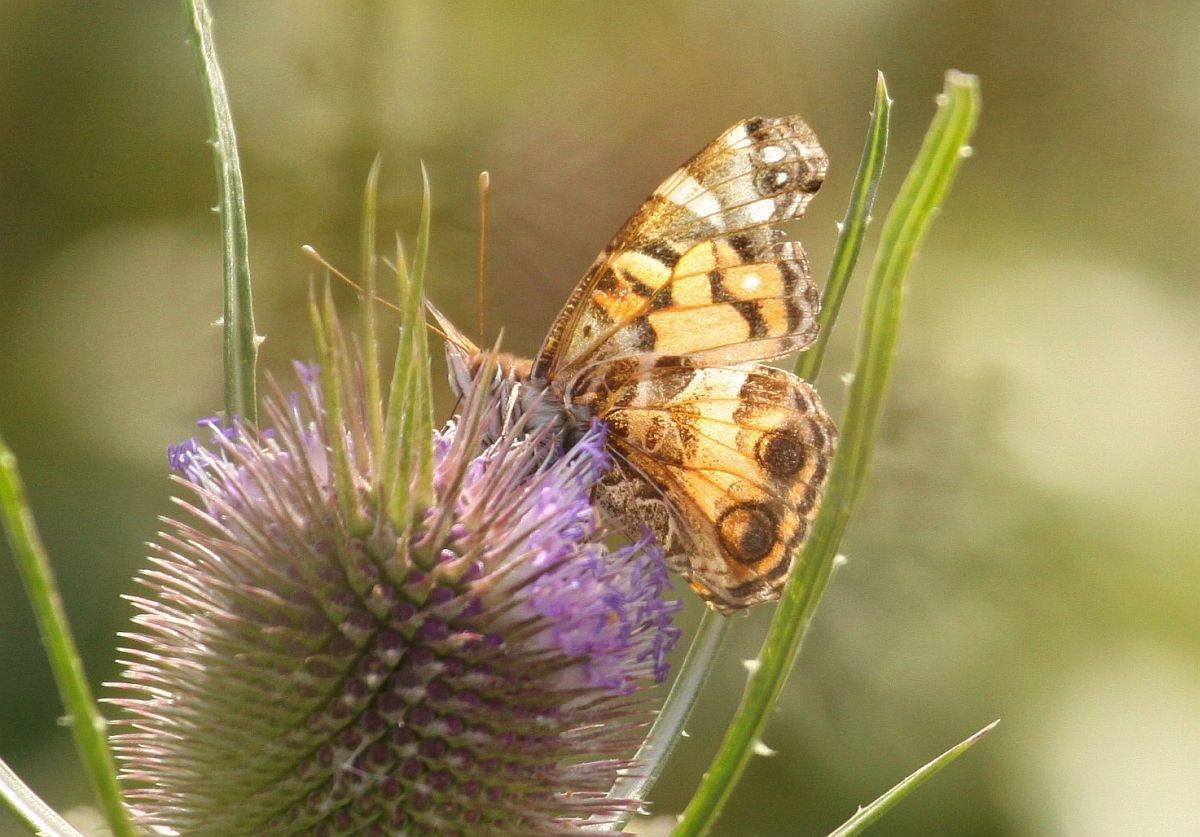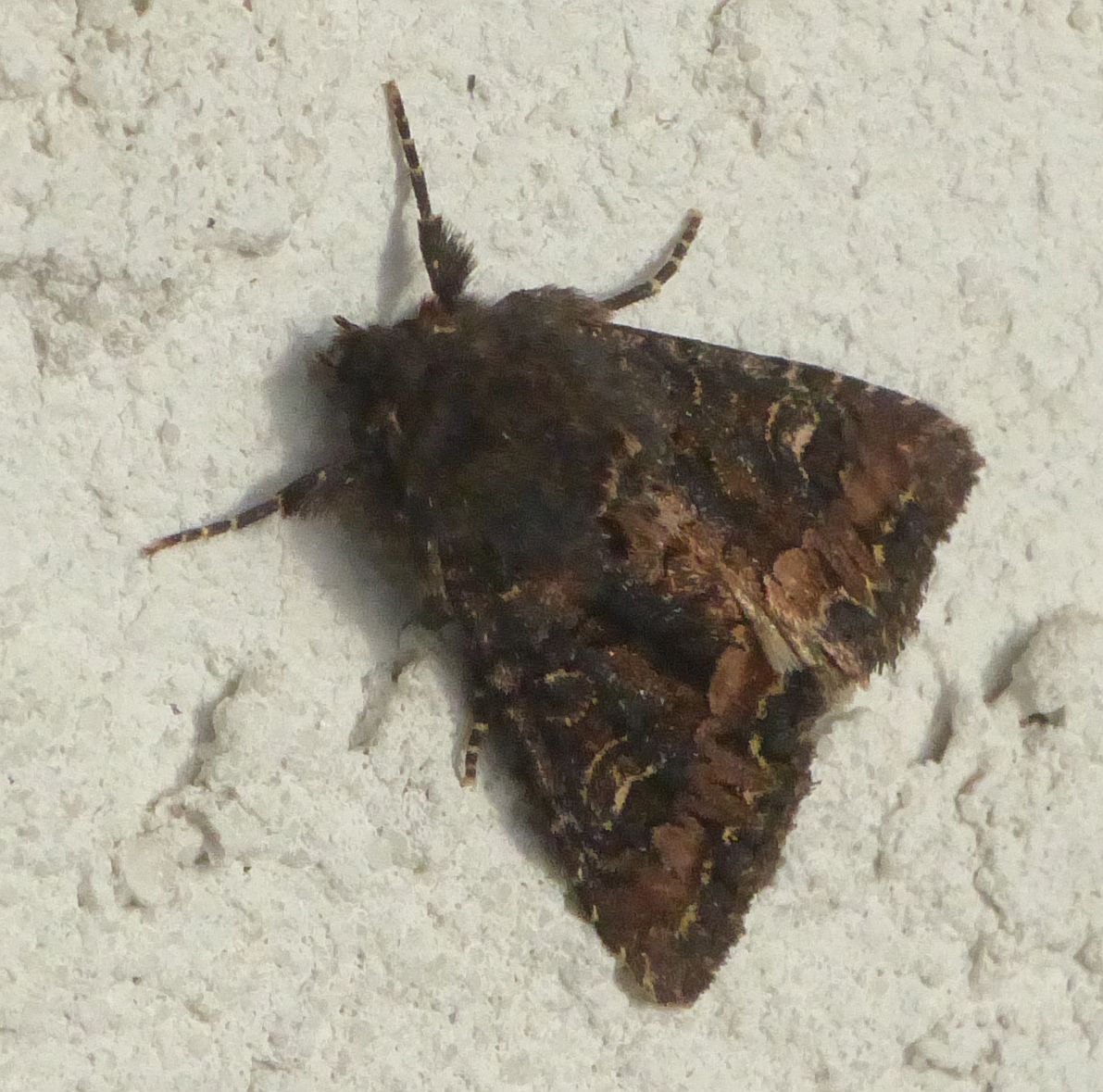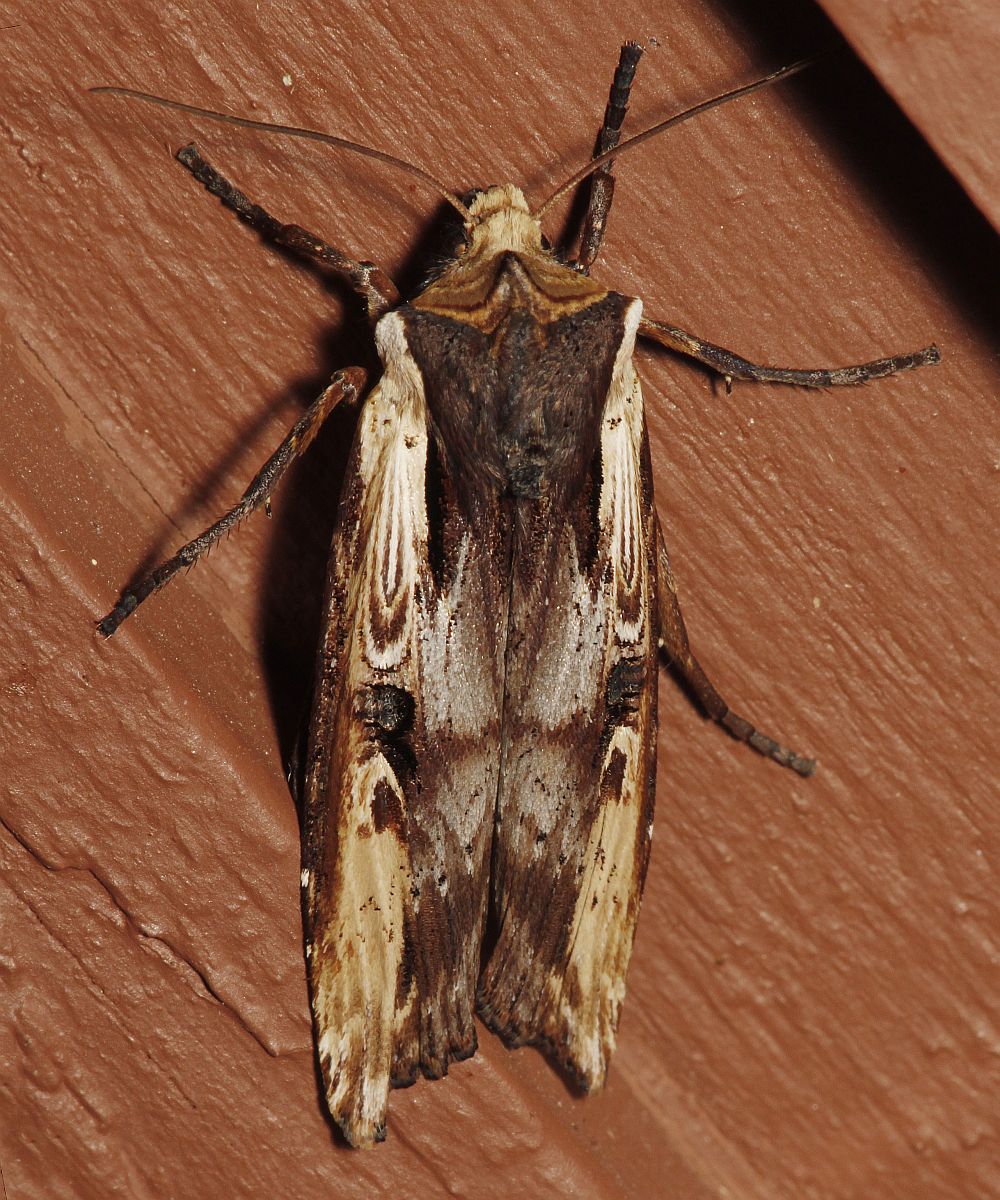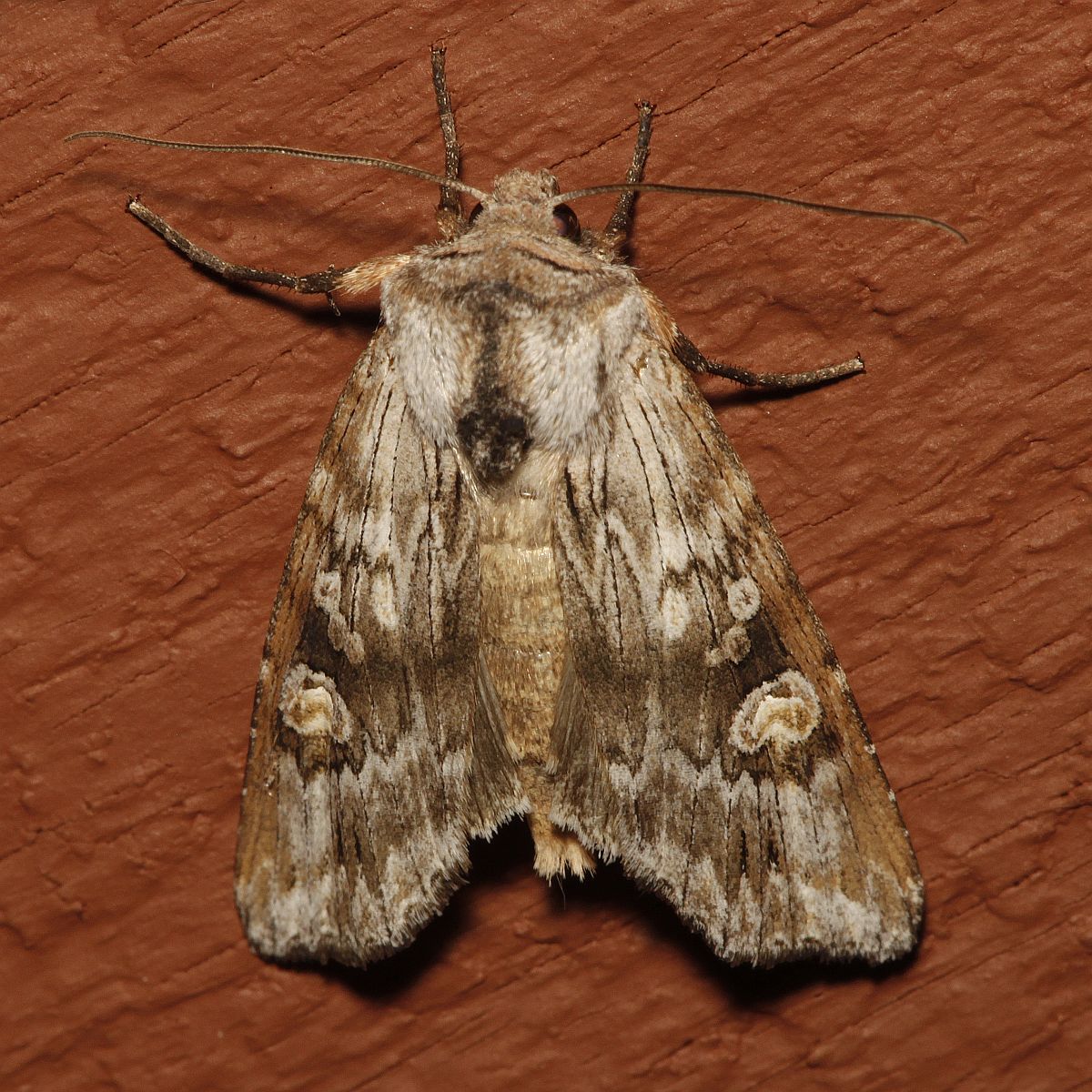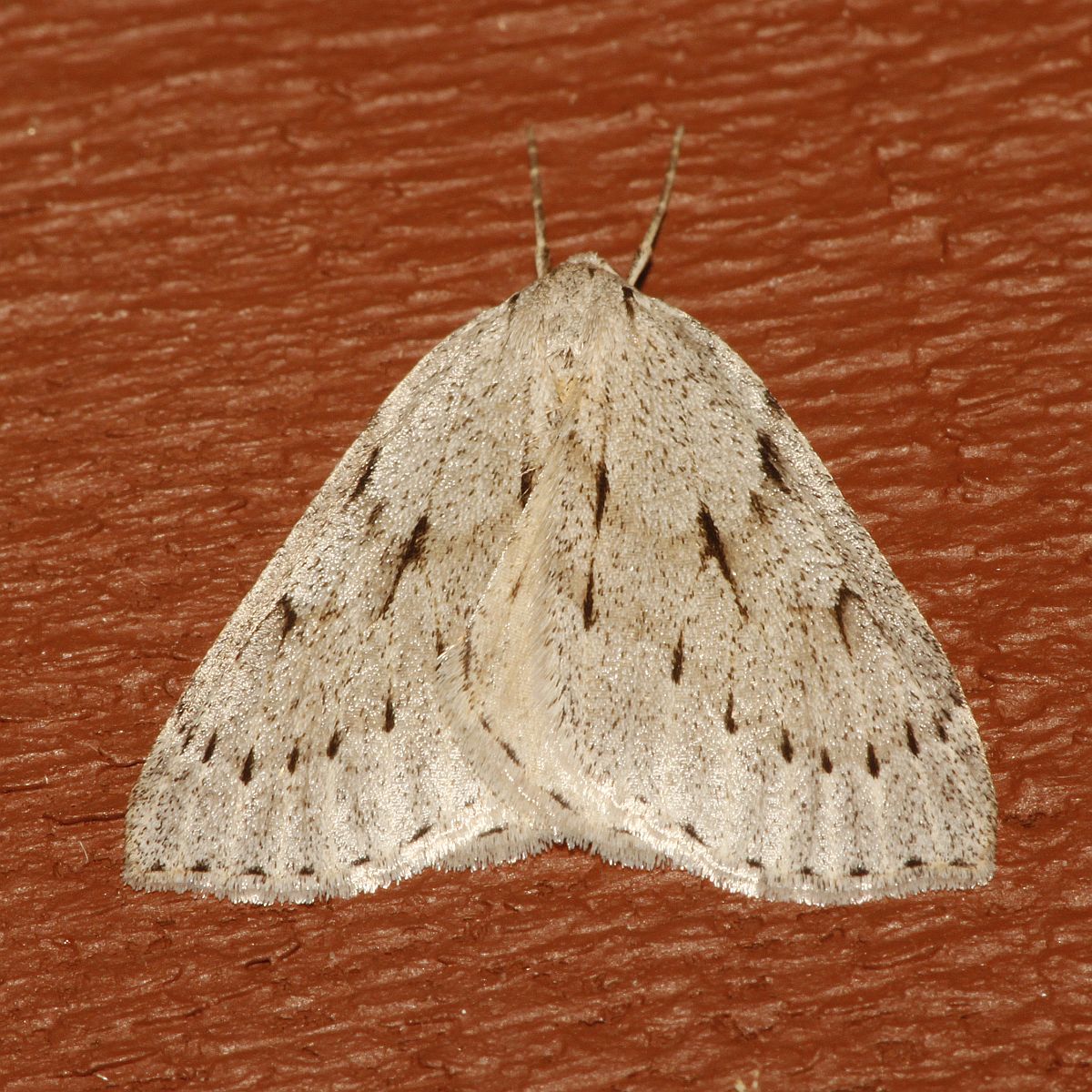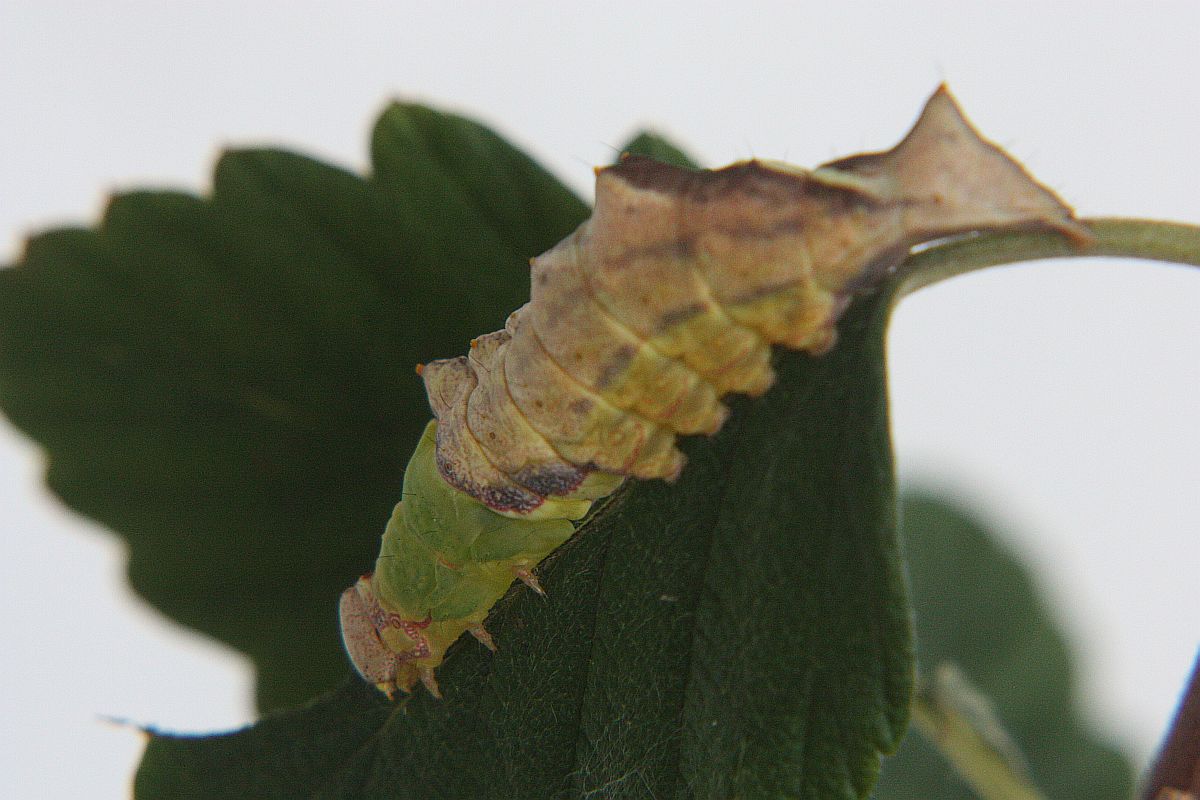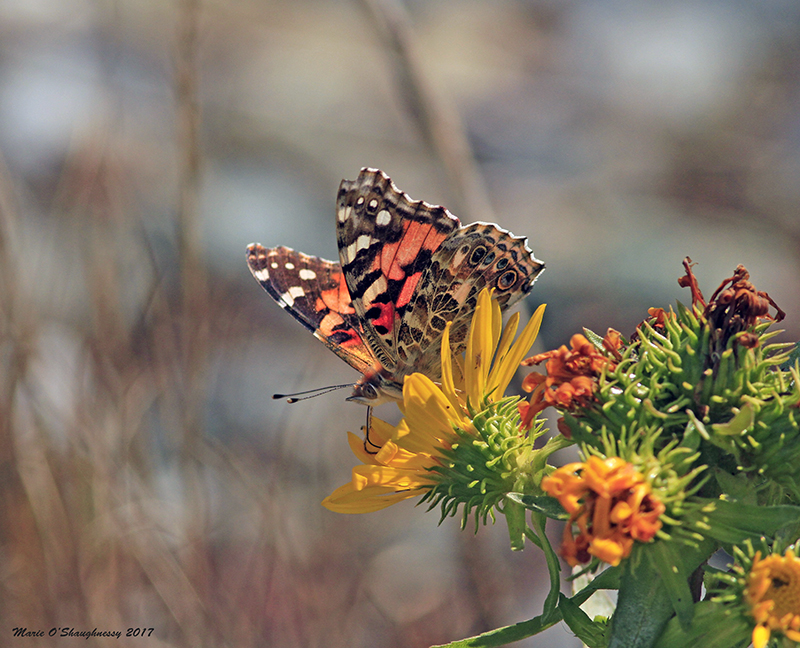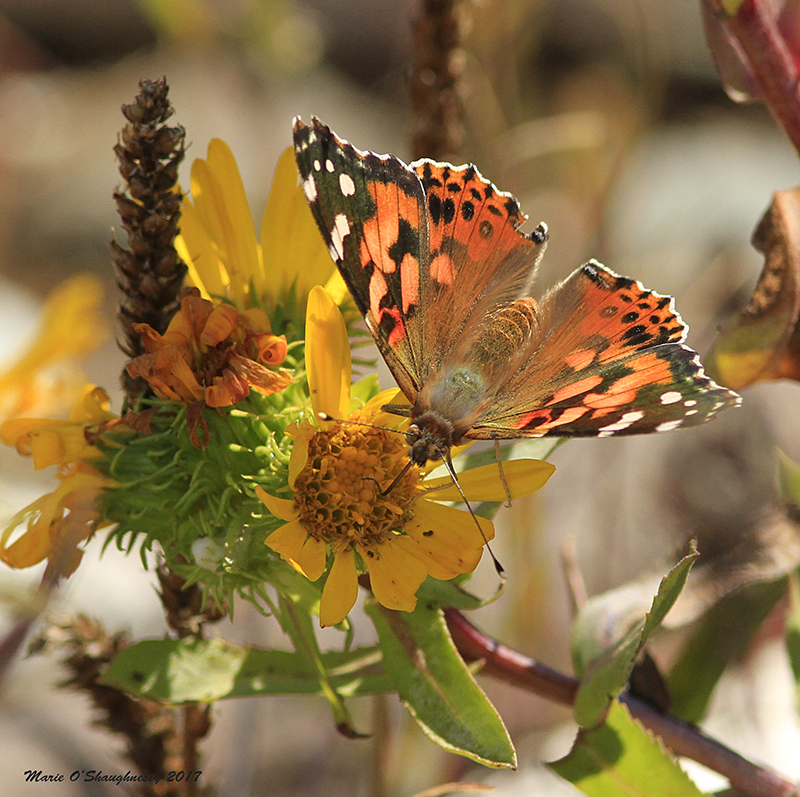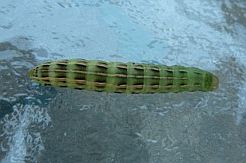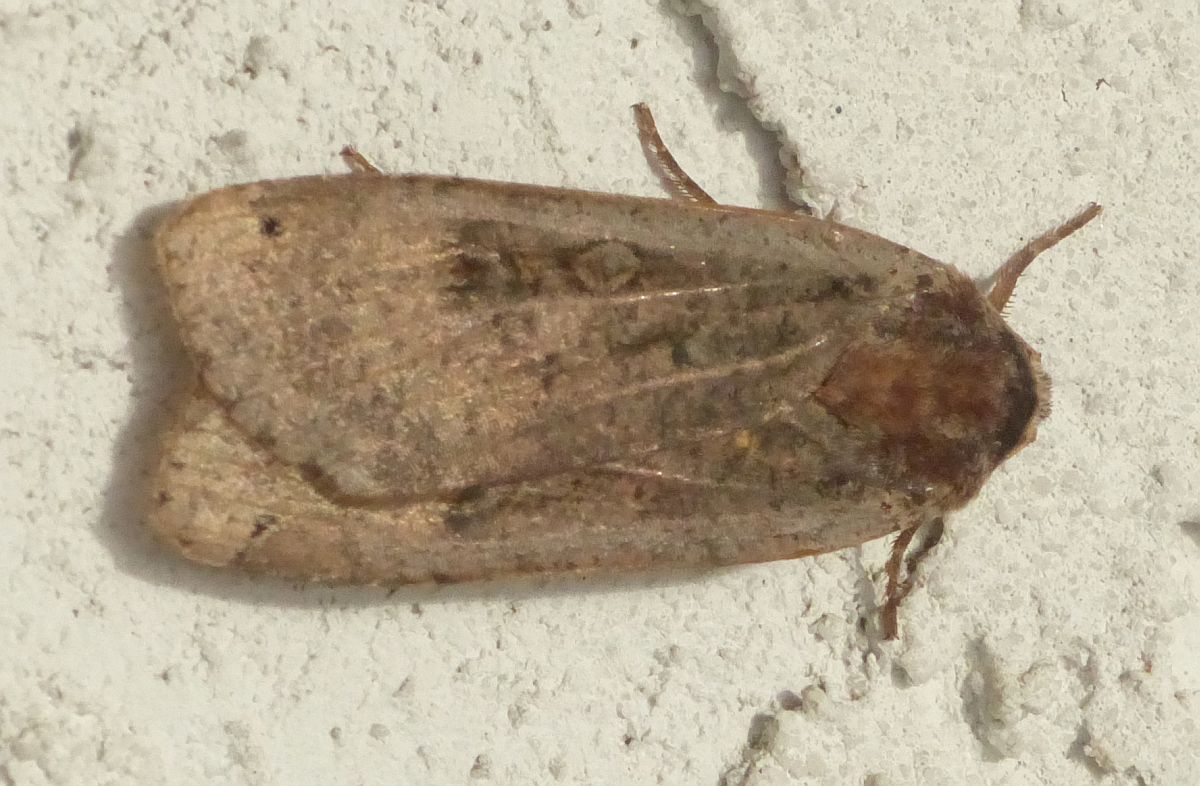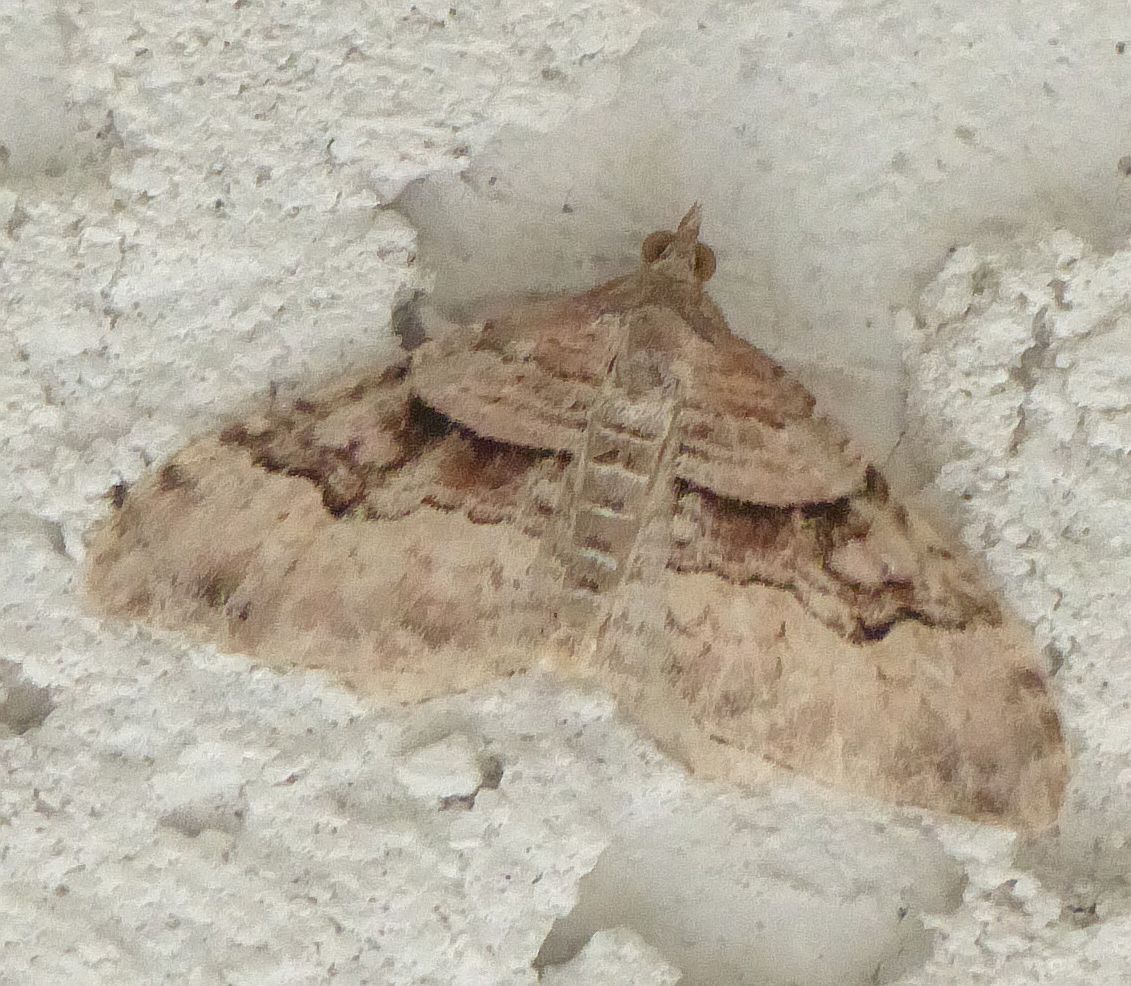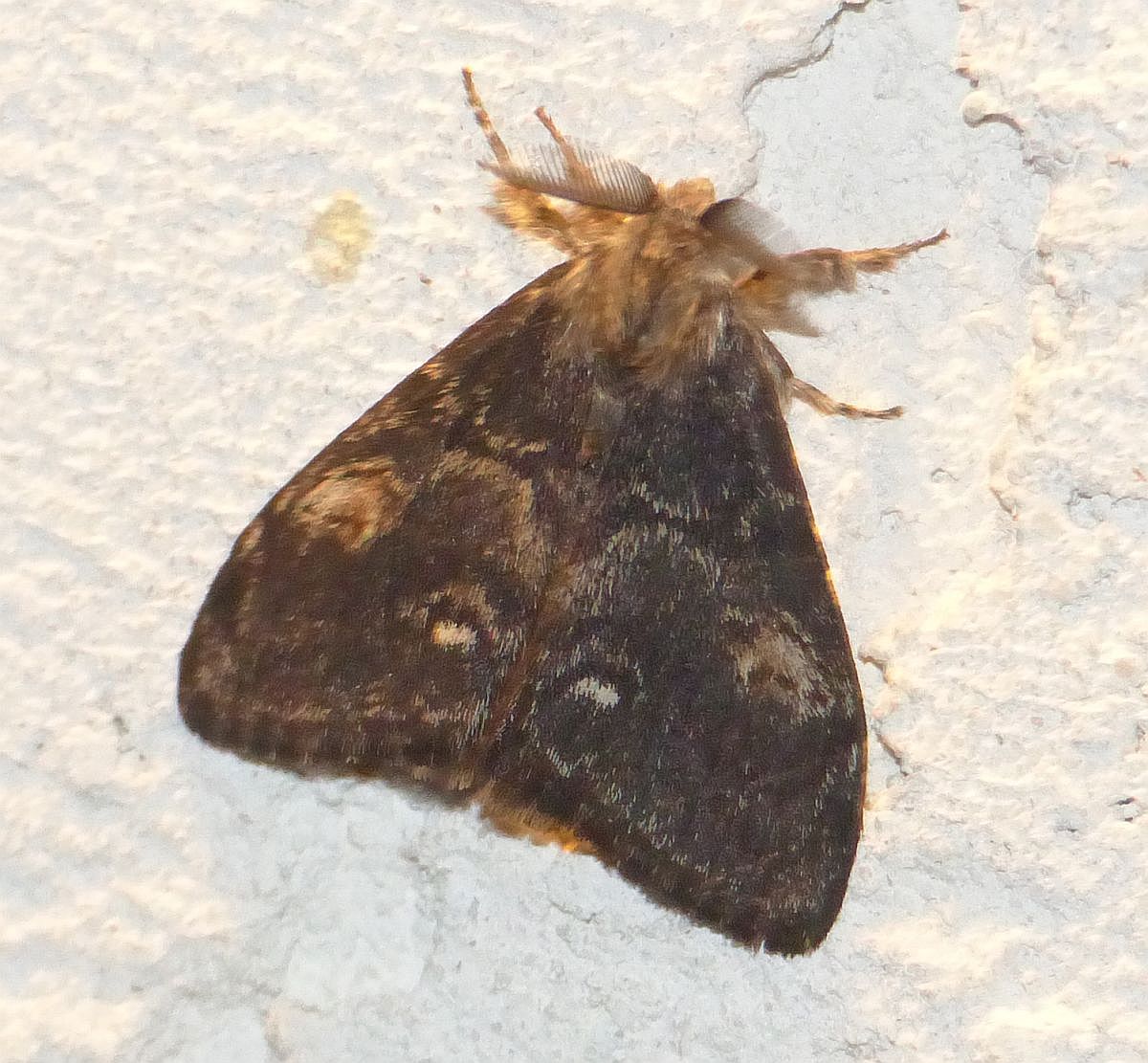|
1
-
Waterfront Birding from Ogden Point to Harling Point
Waterfront Birding from Ogden Point to Harling Point
April 1, 2024 @ 8:00 am - 11:15 am
FIELD TRIP (LEVEL 1)
Meet at 8:00 a.m.—This is a good time to check out the waterfront for birds. Many of the birds on the water will be leaving soon for their breeding grounds, and we can expect to find some shorebirds on their northbound migration. After we finish on the breakwater, we'll make a few stops as we work our way east along Dallas Road, and finally end up at Harling Point.
DIRECTIONS: Wewill assemble at the base of the Ogden Point Breakwater on Dallas Road.
See more details
•
|
2
-
Tuesday Birding
Tuesday Birding
April 2, 2024 @ 9:00 am - 12:00 pm
Corner of Bowker Ave. and Bowker Place, Victoria
TUESDAY BIRDING. We meet every Tuesday, one block south of the foot of Bowker Ave on the waterfront (off Beach Drive) at 9:00 am, or at the foot of Bowker Ave at 9:30 am, rain or shine. Birding activities take place at various locations around Greater Victoria.
For more information call Bill Dancer at 250-721-5273 or Agnes Lynn at thelynns at shaw.ca or 250-721-0634. Novice and experienced VNHS members all welcome.
See more details
•
|
3
-
Swan Lake Bird Walks
Swan Lake Bird Walks
April 3, 2024 @ 9:00 am - 12:00 pm
Swan Lake Christmas Hill Nature Sanctuary, 3873 Swan Lake Rd, Victoria, BC, Canada
Every Wednesday and Sunday at 9:00 a.m. Bring your binoculars and walking shoes and meet in the parking lot for this informal and informative walk around the lake area. Walks are generally led by Victoria Natural History Society members. Swan Lake Christmas Hill Nature Sanctuary is at 3873 Swan Lake Road, off Ralph Street. Note that the Wild Birds Unlimited Nature Store in Shelbourne Plaza posts the bird reports from the Sunday walk.
See more details
•
|
4
|
5
|
6
-
Birding Cattle Point & Uplands Park
Birding Cattle Point & Uplands Park
April 6, 2024 @ 8:00 am - 11:00 am
Victoria Region
FIELD TRIP (LEVEL 1.5)
Meet: 8:00 a.m. at the Cattle Point parking lot on Beach Drive.
This week, the Saturday birding group will visit Cattle Point (https://ebird.org/hotspot/L348477) and Uplands Park (https://ebird.org/hotspot/L252514). Over the years, an impressive number of rarities have been found at both sites. Due to its location on the waterfront, Cattle Point is where many northbound spring migrants land, and is always a good place to see gulls, shorebirds, and seabirds. Uplands Park offers Garry oak meadow and riparian habitat, and is home to many resident and migratory songbirds, as well as woodpeckers and raptors.
Directions: https://maps.app.goo.gl/92Mb8DUW3XJD1yBR6
Novice and experienced VNHS members all welcome. Non-members can participate up to three times, after which they are expected to join the Society.
See more details
•
|
|
7
|
8
|
9
-
Tuesday Birding
Tuesday Birding
April 9, 2024 @ 9:00 am - 12:00 pm
Corner of Bowker Ave. and Bowker Place, Victoria
TUESDAY BIRDING. We meet every Tuesday, one block south of the foot of Bowker Ave on the waterfront (off Beach Drive) at 9:00 am, or at the foot of Bowker Ave at 9:30 am, rain or shine. Birding activities take place at various locations around Greater Victoria.
For more information call Bill Dancer at 250-721-5273 or Agnes Lynn at thelynns at shaw.ca or 250-721-0634. Novice and experienced VNHS members all welcome.
See more details
-
NATURAL HISTORY NIGHT 7 ANNUAL GENERAL MEETING
NATURAL HISTORY NIGHT 7 ANNUAL GENERAL MEETING
April 9, 2024 @ 7:30 pm - 9:30 pm
On Zoom and in person at Berwick Royal Oak 4680 Elk Lake Drive
Supporting Grizzly Bear Recovery, Connectivity and Human-Bear Coexistence through Bear Smart Initiatives and Safe Wildlife Corridors
The Coast to Cascades Grizzly Bear Initiative has been working with First Nations, local and provincial government staff, research scientists, agricultural and recreation sectors and home gardeners since 2012 to reverse the decline of Grizzly Bears in SW BC. This presentation examines one of the areas critical tothe recovery of this region’s Grizzly Bears, Pemberton Meadows. Pemberton Meadows is an agriculturally based community with restrictions on land use due to its location within the Agricultural Land Reserve. Commercial agriculture production dominates land use, including bovine livestock, potatoes, carrots,grains, and hay. The meadows also provide critical habitat for two Threatened but recovering/growing Grizzly Bear Populations: The South Chilcotin with 23 Grizzly Bears per 1,000 km2, and the Squamish-Lillooet with 18-30 Grizzly Bears per1,000 km2. These bears are needed to gradually and naturally augment the adjacent small and struggling populations highlighting the importance of using multi-scaled approaches for long-term coexistence. Dr. Lana Ciarniello is one of the Principal Investigator behind the development and application of these approaches in the meadows. Come and learn more about the Grizzly Bears of Pemberton Meadows and about what's being done to ensure their long-term existence.
Please note: Parking is available at Our Lady of Fatima Church a short walk from Berwick Royal Oak. Attendees may find parking on Marsett Place. Parking is NOT permitted in Berwick Royal Oak's visitor parking as the spaces are reserved for guests of their residents.
Also, note that masks are required to be worn inside Berwick Royal Oak at this time.
Zoom participants, please registerin advance for this meeting:
https://us06web.zoom.us/meeting/register/tZYuduisrzouHt3dnml48Kz2QSK9-4qBivUL
Afterregistering, you will receive a confirmation email containing information aboutjoining the meeting.
See more details
• •
|
10
|
11
|
12
|
13
-
Early Spring Flowers and Birds at Gore and Oak Haven Parks
Early Spring Flowers and Birds at Gore and Oak Haven Parks
April 13, 2024 @ 9:00 am - 12:00 pm
Victoria Region
FIELD TRIP (GORE PARK LEVEL 2, OAK HAVEN LEVEL 3)
Meet at 9:00 a.m.—These two delightful Saanich Peninsula parks offer exquisite spring flowers and plenty of birds. To allow more people to participate, we'll start with the more level terrain of Gore Park.Oak Haven Park has a climb to the summit, but it is not terribly strenuous or long.
DIRECTIONS: We will start at the entrance to Gore Park. Proceed along Benvenuto Drive towards Buchart Gardens but turn right on Amwell Drive to Greig Avenue. Turn right to the park entrance (on your right).
Parking: https://maps.app.goo.gl/mDp7aQBnkotuz6mZ7
See more details
•
|
|
14
|
15
|
16
-
Tuesday Birding
Tuesday Birding
April 16, 2024 @ 9:00 am - 12:00 pm
Corner of Bowker Ave. and Bowker Place, Victoria
TUESDAY BIRDING. We meet every Tuesday, one block south of the foot of Bowker Ave on the waterfront (off Beach Drive) at 9:00 am, or at the foot of Bowker Ave at 9:30 am, rain or shine. Birding activities take place at various locations around Greater Victoria.
For more information call Bill Dancer at 250-721-5273 or Agnes Lynn at thelynns at shaw.ca or 250-721-0634. Novice and experienced VNHS members all welcome.
See more details
-
Botany Night: Houseplant Craze
Botany Night: Houseplant Craze
April 16, 2024 @ 7:30 pm - 9:30 pm
On Zoom or in-person at Berwick Royal Oak, 4680 Elk Lake Dr.
Houseplant Craze to Research
Martin Liu shares his botanical journey thus far and how it led him to where he is today. An obsessive hobby of collecting houseplants that became a thirst for knowledge, a way to share his love of plants, and an opportunity to research a BC endangered plant.
Please note: Parking is available at Our Lady of Fatima Church a short walk from Berwick Royal Oak. Attendees may find parking on Marsett Place. Parking is NOT permitted in Berwick Royal Oak's visitor parking as the spaces are reserved for guests of their residents.
Zoom participants, please register in advance for this meeting:
https://us06web.zoom.us/meeting/register/tZcud-ihrDkrHtKK5-VbmWYdItSP_1oH9c7M
After registering, you will receive a confirmation email containing information about joining the meeting.
See more details
• •
|
17
|
18
|
19
|
20
-
Enjoy All That Jocelyn Hill Has To Offer
Enjoy All That Jocelyn Hill Has To Offer
April 20, 2024 @ 8:00 am - 11:00 am
Victoria Region
FIELD TRIP (LEVEL 4)
Meet at 8:00 a.m.—This steep and challenging trip is for both wildflowers(especially Gold Stars), birds, and the fantastic panoramic views from the ridge. Potential birds include Golden Eagles and Sooty Grouse. Bring drinks and a lunch.
DIRECTIONS: Follow the Trans-Canada Highway, take the Millstream Road exit and keep left on Millstream Road past Millstream Lake Road, then past Lone Tree Hill Park, watching for Emma Dixon Road on the left.The trailhead is on Millstream Road just past Emma Dixon. Park on the right-hand side of the road.
Parking: https://maps.app.goo.gl/t7LSmTE2g7jMWSK26
See more details
•
|
|
21
|
22
|
23
-
Tuesday Birding
Tuesday Birding
April 23, 2024 @ 9:00 am - 12:00 pm
Corner of Bowker Ave. and Bowker Place, Victoria
TUESDAY BIRDING. We meet every Tuesday, one block south of the foot of Bowker Ave on the waterfront (off Beach Drive) at 9:00 am, or at the foot of Bowker Ave at 9:30 am, rain or shine. Birding activities take place at various locations around Greater Victoria.
For more information call Bill Dancer at 250-721-5273 or Agnes Lynn at thelynns at shaw.ca or 250-721-0634. Novice and experienced VNHS members all welcome.
See more details
•
|
24
-
Herring and Birds in Hesquiat
Herring and Birds in Hesquiat
April 24, 2024 @ 7:30 pm - 9:30 pm
in-person at Berwick Royal Oak 4680 Elk Lake Dr. and by Zoom
Herring and Birds inHesquiat, Northwest Vancouver Island
For the past three years, in collaboration with the BC Important Bird Area Program,young ornithologists including Hannah Hickli have performed field surveys of this hard to access and beautiful stretch of the Northwest coast.Hannah will have just returned to Victoria after a month in Hesquiat surveying trophic interactions of a fascinating phenomenological event, the Pacific herring spawn. Join us to hear her experiences with the spring wildlife frenzy which draws in seabirds, bears, whales, people, and tens of thousands of gulls.
Please note: Parking is available at Our Lady of Fatima Church a short walk from Berwick Royal Oak. Attendees may find parking on Marsett Place. Parking is NOT permitted in Berwick Royal Oak's visitor parking as the spaces are reserved for guests of their residents.
Also, note that masks are required to be worn inside Berwick Royal Oak at this time.
Zoom participants, please registerin advance for this meeting:
https://us06web.zoom.us/meeting/register/tZ0odeCuqDwqGt1FTg_b1Mfw77kT7IgGIZ26
Afterregistering, you will receive a confirmation email containing information aboutjoining the meeting.
See more details
•
|
25
|
26
|
27
-
Saturday Birding
Saturday Birding
April 27, 2024 @ 8:00 am - 11:00 am
Victoria Region
Meets every Saturday morning, usually at 8:00 a.m., rain or shine. We ask that participants have both vaccines completed, to come on this walk. Check here on the Thursday/Friday before to find out the week’s time and location. Novice and experienced VNHS members all welcome. Non-members can participate up to three times, after which they are expected to join the Society.
See more details
-
VNHS Board retreat
• •
|
|
28
|
29
-
A Close Up Look at Macrolife in the Cold Waters of BC
A Close Up Look at Macrolife in the Cold Waters of BC
April 29, 2024 @ 7:30 pm - 9:30 pm
On Zoom and at Berwick Royal Oak, 4680 Elk Lake Dr.
Olivia Devenish is an avid scuba diver, free diver and unapologetic ocean nerd. Graduating from Art school as a 3D animator and filmmaker, she has spent the last 15 years as a freelance artist. Working on projects for Museums, Science Centers, and short films, most of her work has centered around the environment and our natural world. Recently, Olivia set her sights on a lifelong dream to plunge into the emerald green waters of Canada's West Coast to film, explore and document all of the amazing creatures,environments and adventures along the way. Take a journey under the waves to explore the weird, wonderful, and important macro life that calls British Columbian waters home. From sea slugs and spiders to Octopus and Wolf Eels there is an abundance of incredible life that deserves our respect, attention and conservation. You can see her work on Instagram @olivias_reef
Please note: Parking is available at Our Lady of Fatima Church a short walk from Berwick Royal Oak. Attendees may find parking on Marsett Place. Parking is NOT permitted in Berwick Royal Oak's visitor parking as the spaces are reserved for guests of their residents.
Also, note that masks are required to be worn inside Berwick Royal Oak at this time.
Zoom participants, please registerin advance for this meeting:
https://us06web.zoom.us/meeting/register/tZMrc-2qqDIvEtwitKEEDLQEcT-4CFv7KUl5
Afterregistering, you will receive a confirmation email containing information aboutjoining the meeting.
See more details
•
|
30
-
Tuesday Birding
Tuesday Birding
April 30, 2024 @ 9:00 am - 12:00 pm
Corner of Bowker Ave. and Bowker Place, Victoria
TUESDAY BIRDING. We meet every Tuesday, one block south of the foot of Bowker Ave on the waterfront (off Beach Drive) at 9:00 am, or at the foot of Bowker Ave at 9:30 am, rain or shine. Birding activities take place at various locations around Greater Victoria.
For more information call Bill Dancer at 250-721-5273 or Agnes Lynn at thelynns at shaw.ca or 250-721-0634. Novice and experienced VNHS members all welcome.
See more details
•
|
|
|
|
|

